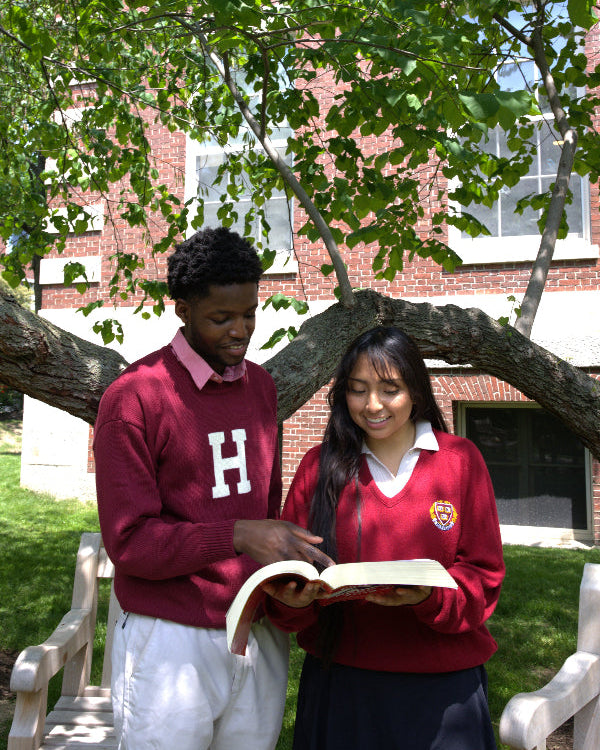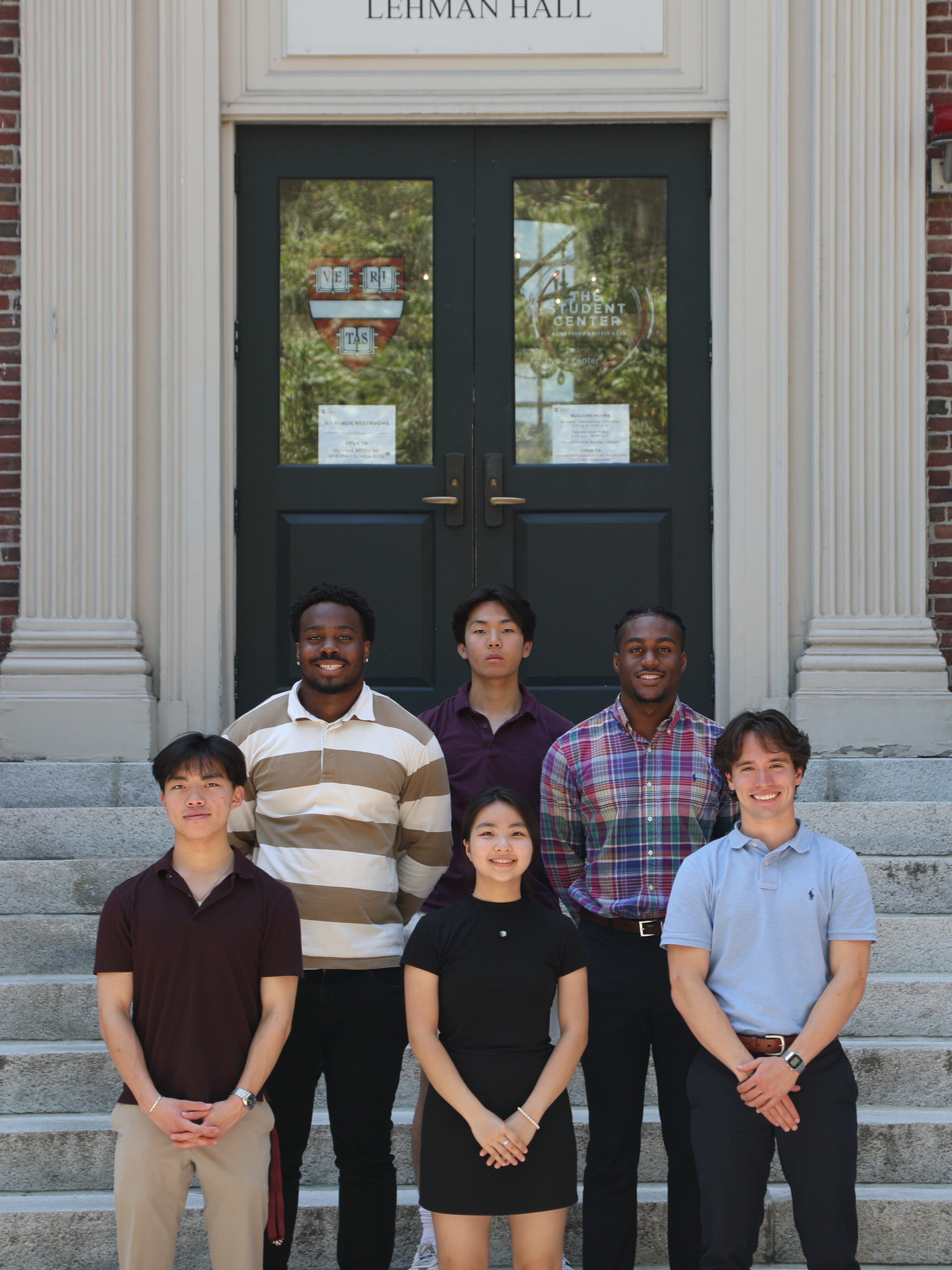Abstract
As aging is becoming a more common phenomenon these days, age-related diseases are getting lots of attention. One of those common age-related issues is sarcopenia, a disease in which people start to lose muscle mass and strength. Although there aren’t direct medications to fix this disease, a well-balanced diet and, more importantly, continuous exercise can improve the symptoms. Since sarcopenia often occurs in seniors aged 60 or older, to make the exercise approachable and able daily, we chose the action of walking and varied different factors to make the walking exercise more effective in terms of gaining muscle, and, therefore, overcoming sarcopenia.
The research question was “How does walking on uneven surfaces compared to even surfaces help treat sarcopenia in men and women over 60 years old?” By compiling results from different research papers, we illustrated the effect of walking on uneven surfaces on the growth of muscles. Since most of the results only tested young adults, to prove the validity of the effect of walking on uneven surfaces not only on younger people but also on older people, we explained the similarities in the ways young and old people react to uneven surfaces, and how those similarities in muscle reaction would result in similar development of muscle. Proving that walking on uneven surfaces rather than flat surfaces would help seniors over 60 overcome sarcopenia by increasing muscle mass/strength.
-
Introduction
With the development of medical technology, nutrition, and many other factors, the population of old people is increasing rapidly. According to the United States Census, in 1920, the population of people aged 65 and over was 4.9 million (about 4.7% of the total U.S. population), but in 2020 it increased to 55.8 million people (about 16.8% of the total population)(Caplan 2023). This indicates that in a century, the population of the older population increased at a rate of about 114%.
Along with this dramatic increase in the older population, people’s interest in age-related diseases also increased. One of those age-related disease is sarcopenia, characterized by loss of muscle mass and strength. Although the specific cause of this disease is not identified, some of the probable causes are “metabolic syndrome, physical inactivity, inadequate nutrition”(Jung et al., 2023). This can eventually lead to “a loss of strength, later on to a decreased functional status, impaired mobility, a higher risk of falls, and eventually an increased risk of mortality” (Montero-Fernández & Serra-Rexach, 2013). Since techniques and standards of diagnosing sarcopenia vary, an accurate number of people with sarcopenia is hard to measure, but it is estimated that about 25 to 40% of the older population in the U.S. has sarcopenia (Du et al., 2018).
Despite such a prevalence, the treatment or medication for sarcopenia is not yet developed. The only way to overcome sarcopenia is through proper nutrition and, more importantly, exercise. Specifically, one research suggested 30-60 minutes per day of moderate-intensity aerobic activity on five days each week, 8-12 repetitions of progressive resistance exercise (PRE) on at least two days per week, moderate-intensity flexibility exercises at least two days per week, and balance exercises (Montero-Fernández & Serra-Rexach, 2013). Although the importance of these exercises to treat sarcopenia is significant, not many old people would be able to complete all of these exercises steadily.
Therefore, I wanted to examine an exercise method that is easy to follow but at the same time targets all four components of exercise (aerobic activity, PRE, flexibility, and balance). Then, walking is one of the most approachable exercises, but it has a weakness in that it mostly targets aerobic activity. However, this weakness can be covered by varying different factors of walking like different types of surfaces, which would engage and grow more muscles and therefore help overcome sarcopenia.
Walking on uneven surfaces rather than flat surfaces would help seniors over 60 increase or maintain muscle mass/strength, ultimately overcoming sarcopenia.
-
Effect of Walking on Uneven Surface on Muscle Growth
As people adapt their gait based on the surrounding environment, they engage different muscles with different energy to gain control of their balance. During that process, when more energy is put into the muscle than usual, it is more likely that that particular muscle will grow more than usual. This means that just by varying the surrounding environment of the people walking, we can increase or decrease the engagement of the muscle, and ultimately muscle growth.
Then, walking on uneven ground in particular involves more energy put into muscles. When people walk on a level surface, people naturally reduce variability in their walking motion for efficient use of energy. However, when people walk on uneven ground, consistent timing of events between lower extremities breaks, and “the energy requirement increases due to lost efficiency in the step-to-step energy transfer and joint work must increase to accommodate” (Hawkins et al., 2017). Specifically, this additional energy would be maintained forward progression during a single-limb stance between the steps (Kuo et al., 2005), and when energy is lost to the compliant surface like sand and stone (Lejeune et al., 1998). For example, one paper proved that energy expenditure during walking on uneven terrain was higher than that on even terrain by 27% from about 2.51 W/kg to about 3.19 W/kg. Also, energy expenditure during running on uneven terrain was higher than that on even terrain by 5% from about 9.72 W/kg to about 10.2 W/kg (Voloshina & Ferris, 2015). Both walking and running on uneven terrain showed significantly higher use of energy.
Walking on uneven surfaces not only uses more energy but activates more muscle. For example, one research done by Voloshima and Ferris used electromyographic or EMG on twelve young test subjects (including seven males and five females) of age around 24 to identify the activation of 8 muscles in lower extremities including tibialis anterior (TA), soleus (SO), medial gastrocnemius (MG), lateral gastrocnemius (LG), rectus femoris (RF), medial hamstring (MH), vastus lateralis (VL), and vastus medialis (VM) when walking on the uneven surface created by attaching an additional belt with wooden blocks on the regular treadmill. The result indicated that except for TA which showed a decrease in EMG activity on uneven ground and SO which did not show a significant difference, six out of eight muscle parts showed a significant increase in muscle activation on the uneven surface compared to the level surface (Voloshina & Ferris, 2015). This directly shows how walking or running on uneven terrain rather than on even terrain helps the activation of more muscles from various parts of the leg, indicating the possibility of muscle growth in more parts of the lower body.
Figure 1
This extra energy put into muscles and extra muscle parts activated to walk on uneven ground shows the potential for muscle growth when walking on uneven ground rather than just walking on level ground.
-
Effect on Young and Old People
Through the analysis of several research results above, the effect of walking on uneven surfaces on muscle growth became evident. However, most of the experiments were conducted on young people in their 20s. This indicates that due to the difference in age range, the body parts of old people might function differently from younger people, resulting in different outcomes. Here, we would like to prove that the effect of walking on uneven surfaces on muscle growth would have the same or similar effect on old people compared to younger people.
When people walk, the surface they face is not always flat and easy to walk. Sometimes, people have to go over the obstacle, and other times, they have to avoid the obstacles. The surface might be slippery, soft, bouncy, or sloped. There are so many variables in walking environments that require people to adjust their walking motion every step they take. Here, the ability to adjust the body according to the environmental setting is called walking adaptability.
Specifically, people adjust their step length, width, time, and more to walk on uneven terrain. For example, research done by Menz, Lord, and Fitzpatrick stated that when young adults of age around 29.0 walk on uneven terrain (Artificial grass over foam and wooden blocks), step length and step time variability as well as pelvic acceleration increased while cadence (the number of steps per minute) decreased (Menz et al., 2003). Another research done by Thies, Richardson, and Ashton-Miller also stated that when young women of age around 22.2 walk on uneven terrain (Carpet over triangular wooden prisms), step time and variability of step width and time increased (Said et al., 2001). Similarly, research done by Menant also suggested that when young adults of age around 22.5 walked on artificial grass over foam and wooden blocks, step time variability and pelvic acceleration increased (Menant et al., 2011). Overall, all three research results indicated that young people aged around 20 had increased step time, step length, and variability of step width and time when walking on uneven terrain, showing people’s natural response to adapt to the surrounding environment.
Although the form of adapting is a bit different from the young people, old people also have walking adaptability on uneven surfaces. According to Menz, Lord, and Fitzpatrick, when healthy older adults of age around 79.9 walk on uneven terrain (Artificial grass over foam and wooden blocks), they demonstrate decreased speed and step length, along with reduced vertical acceleration of the head and pelvis (Menz et al., 2003). Also, another research done by Thies, Richardson, and Ashton-Miller stated that when healthy older women of age around 70.2 walk on uneven terrain (Carpet over triangular wooden prisms), step width variability increased significantly (Said et al., 2001). Moreover, research done by Menant also suggested that when older adults of age around 78.4 walked on artificial grass over foam and wooden blocks, pelvic acceleration increased (Menant et al., 2011). These three results showed that older people of age over 60 had decreased step length and speed, but increased step width to adapt to the uneven terrain. Significantly, all people no matter their age can adapt to the ground by varying their step time and width to walk on the ground with unexpected obstacles without falling.
As older people can adapt their walking to uneven surfaces like young people, they would use significantly more muscle parts and energy to keep their progression without falling. Since the body changes over time, older people walking on uneven surfaces might engage and grow fewer muscles than younger people do. Still, it is evident that compared to walking on an even surface, walking on uneven surfaces would increase muscle growth and ultimately treat sarcopenia for seniors.
-
Conclusion
Walking on uneven surfaces has a positive effect on muscle growth as it involves more energy put into the muscles and involves more parts of the lower body muscles. Here, the problem was whether the old people would be able to adapt to the uneven surfaces like the young people do and get a similar effect on muscle growth as the young people. However, through the walking adaptability research, it was found that though the methods were different, both young and old people could adapt to uneven surfaces and walk according to the surrounding environment. This indicated that as young people do, people of age over 60 years old would also be able to put more energy into the muscles and activate more parts of muscles while walking on uneven terrain. Whether they walk on an even terrain or uneven terrain, the fact that they are “walking” is the same. They are repeating the same walking motion over and over again. However, given that everything else is the same, walking on uneven surfaces more effectively gives exercise effects including muscle growth. Ultimately, this muscle growth would help old people experiencing sarcopenia to overcome their muscle loss just by changing the surface they walk on. Therefore, walking on uneven surfaces rather than flat surfaces would help seniors over 60 overcome sarcopenia by increasing muscle mass and strength.
This study had some limitations related to the subjects being tested. Although the research is regarding seniors of age over 60 years old, the experiment that proved the effect of walking on uneven terrain on energy expenditure and muscle activation had subjects of age around 24.3. Although the effect would likely be similar on young people and older people as they both can adapt their walking on uneven surfaces and walk in a similar matter, there are some possibilities that there are some differences in effects on the young people of age around 20s and older people of age over 60s. Also, there might even be some differences in effects between older people who are healthy and older people who are experiencing sarcopenia.
Later, to overcome this limitation, it would be helpful to conduct another experiment that repeats the same process but with different subjects: subjects of age around 20s, subjects of age over 60 who are healthy, and those who are experiencing sarcopenia. Comparing these three groups would help the research to accurately indicate the effect of walking on uneven terrain on seniors of age over 60 who are experiencing sarcopenia rather than any other age group.
Reference
Caplan, Z. (2023, May 25). U.S. older population grew from 2010 to 2020 at fastest rate since 1880 to 1890. Census.gov. https://www.census.gov/library/stories/2023/05/2020-census-united-states-older-population-grew.html
Du, K., Goates, S., Arensberg, M. B., Pereira, S., & Gaillard, T. (2018). Prevalence of sarcopenia and sarcopenic obesity vary with race/ethnicity and advancing age. Diversity & Equality in Health and Care, 15(4). https://doi.org/10.21767/2049-5471.1000173
Hawkins, K. A., Clark, D. J., Balasubramanian, C. K., & Fox, E. J. (2017). Walking on uneven terrain in healthy adults and the implications for people after stroke. NeuroRehabilitation, 41(4), 765. https://doi.org/10.3233/NRE-172154
Jung, H. N., Jung, C. H., & Hwang, Y. C. (2023). Sarcopenia in youth. Metabolism: clinical and experimental, 144, 155557. https://doi.org/10.1016/j.metabol.2023.155557
Kuo, A. D., Donelan, J. M., & Ruina, A. (2005). Energetic consequences of walking like an inverted pendulum: step-to-step transitions. Exercise and sport sciences reviews, 33(2), 88–97. https://doi.org/10.1097/00003677-200504000-00006
Lejeune, T. M., Willems, P. A., & Heglund, N. C. (1998). Mechanics and energetics of human locomotion on sand. The Journal of experimental biology, 201(Pt 13), 2071–2080. https://doi.org/10.1242/jeb.201.13.2071
Menant, J. C., Steele, J. R., Menz, H. B., Munro, B. J., & Lord, S. R. (2011). Step time variability and pelvis acceleration patterns of younger and older adults: effects of footwear and surface conditions. Research in sports medicine (Print), 19(1), 28–41. https://doi.org/10.1080/15438627.2011.534968
Menz, H. B., Lord, S. R., & Fitzpatrick, R. C. (2003). Age-related differences in walking stability. Age and ageing, 32(2), 137–142. https://doi.org/10.1093/ageing/32.2.137
Montero-Fernández, N., & Serra-Rexach, J. A. (2013). Role of exercise on sarcopenia in the elderly. European journal of physical and rehabilitation medicine, 49(1), 131–143.
Said, C. M., Goldie, P. A., Patla, A. E., & Sparrow, W. A. (2001). Effect of stroke on step characteristics of obstacle crossing. Archives of physical medicine and rehabilitation, 82(12), 1712–1719. https://doi.org/10.1053/apmr.2001.26247
Voloshina, A. S., & Ferris, D. P. (2015). Biomechanics and energetics of running on uneven terrain. Journal of Experimental Biology, 218(5), 711–719. https://doi.org/10.1242/jeb.106518





